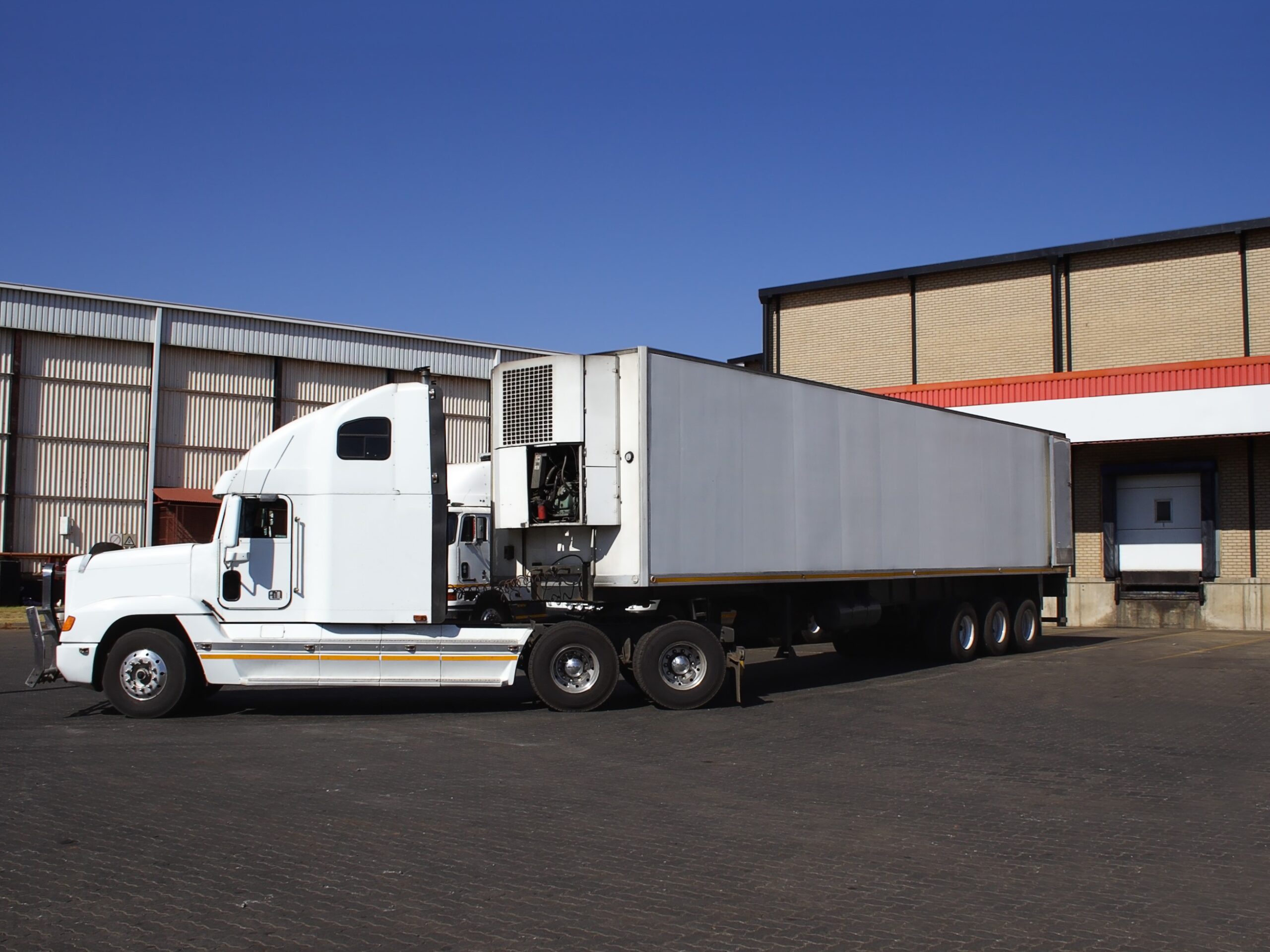Emerging Risk: Drones
Risky Flights

The increasing use of drones for commercial purposes has become one of the biggest emerging threats to the future of airplane safety, according to Allianz Global Corporate & Specialty (AGCS).
The use of unmanned aerial vehicles (UAVs) for a host of different applications may leave operators exposed to a whole new set of risks, including third-party damage or injury and liability, according to AGCS’s Global Aviation Safety Study.
One of the biggest risks, it said, was from radio frequency interference, resulting in loss of control, and, in the worst cases, fatalities.
Other problems include invasion of privacy, aerial surveillance and data collection.
“With the ability to collect massive amounts of unsolicited data, UAVs present an enormous threat to individual privacy and a significant challenge for insurance carriers,” said Vikki Stone, senior vice president at Poms & Associates Insurance Brokers. “In drafting policies, it is crucial for carriers to know how such information will be used.”
The production of UAVs has increased by double-digits year-on-year since 2007, according to AGCS, with applications ranging from news gathering and surveillance to sporting events and crop dusting.
Such has been the take-up that the Federal Aviation Administration (FAA) estimates that by 2020, there will be about 30,000 small commercial unmanned aircraft in our skies.
However, coverage is limited, with only about 21 insurers involved and those that do offer policies have been hampered by a lack of historical and analytical data, the study said.
“Annual utilization, number of accidents and repair costs are not readily available and unmanned aircraft are not presently flying at the rate that they will be in the near future in the national airspace,” the report said.
Another problem is that, despite FAA plans to integrate UAVs into the U.S. airspace in 2015, there is a “lack of international, regional and local regulations for the safe operation of UAVs,” said Henning Haagen, AGCS’s global head of aviation EMEA and Asia Pacific.
Stone said that the No. 1 concern among carriers was the lack of certification of UAV pilots.
“I think the bigger problems are going to be the people that don’t follow the guidelines required, so ultimately we’ll end up with a number of rogue flyers out there — that’s the scary part,” she said.
Peter Schmitz, CEO of global aviation specialty at Aon, outlined other major risks of drones.
“The biggest threat is clearly the taking down of a major aircraft in a mid-air collision,” he said.
“The second issue is the application of these vehicles in urban areas where the risk of damage to properties and individuals is much greater than it would be in rural parts.”
Schmitz said that regulatory authorities across the world face an uphill task in coming to grips with these issues because UAVs are still a relatively new and unknown quantity in terms of repair costs and loss ratios.










